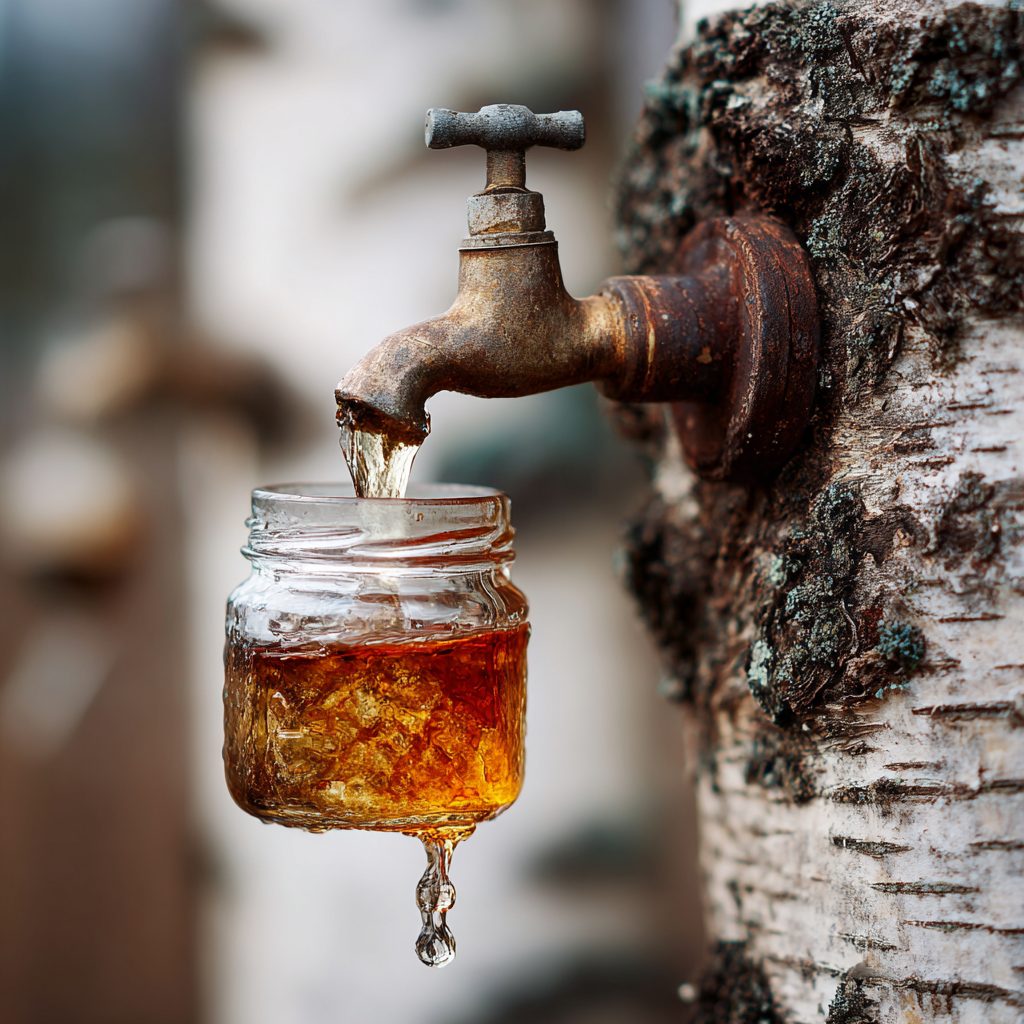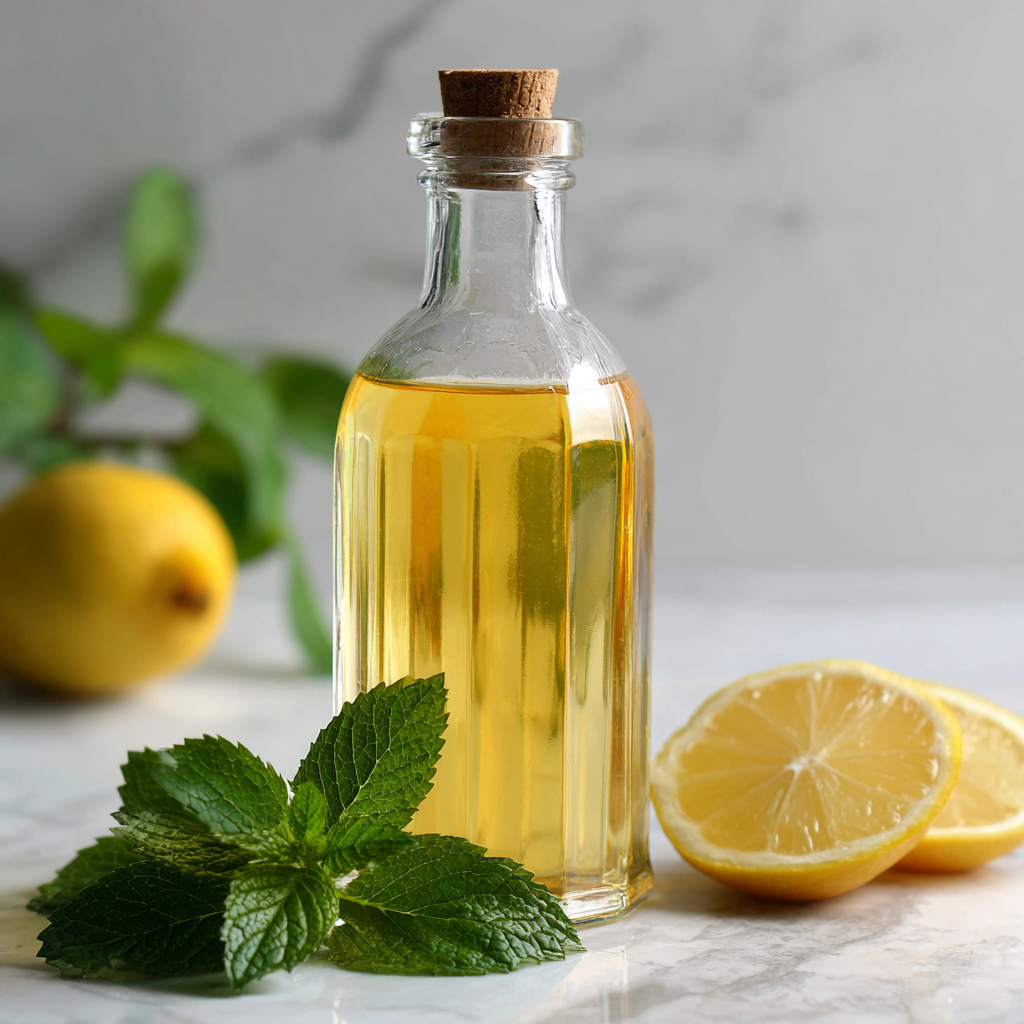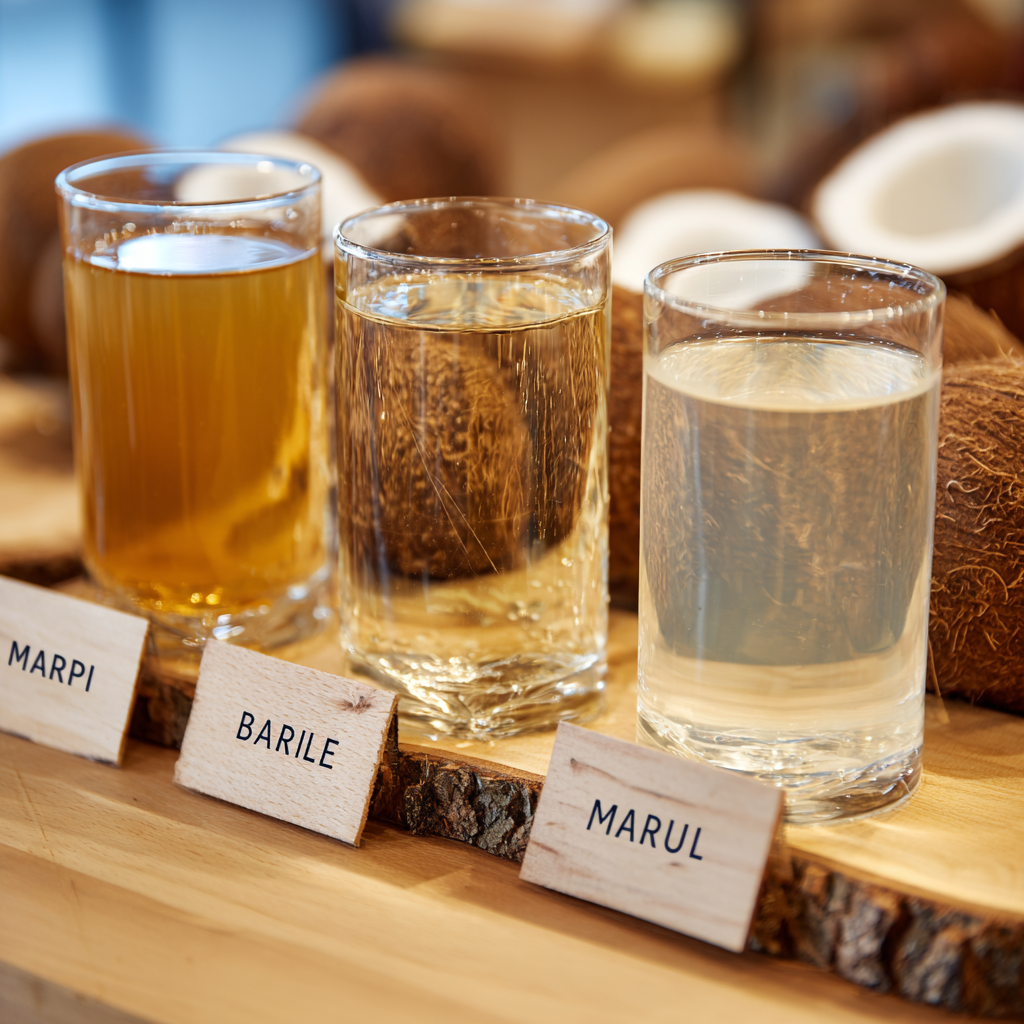Every spring, as the chill finally loosened its grip on the Blue Ridge Mountains, my neighbor Tom would tap the birch trees around his cabin just outside Asheville. I thought he was collecting sap for maple syrup at first. But when he handed me a cold glass of what looked like water and said, “This is birch tree juice—straight from the source,” I was skeptical.
I took a sip—and that was it. The taste was delicate, almost sweet, with a clean, fresh finish that somehow felt like drinking sunlight through a forest. I later learned this wasn’t just delicious—it was packed with minerals and subtle health benefits. Now every year, when those first drops of sap start to flow, I know spring has arrived. Birch tree juice has since become one of those rare seasonal rituals that feel both ancient and oddly modern.
If you’ve been curious about what birch tree juice is, how it tastes, and what it’s good for, this article is your guide. We’ll cover its health benefits, taste profile, usage tips, and why more people are swapping their bottled drinks for this wild, nutritious sap.
For more recipes :
Print
Birch Tree Juice: A Natural Drink with Surprising Health Benefits
- Total Time: 2 minutes
- Yield: 1 glass
- Diet: Vegan
Description
A refreshing, lightly sweet spring drink tapped directly from birch trees. Traditionally consumed for hydration, detox, and immune support.
Ingredients
1 glass of fresh birch tree juice
Optional: Mint leaves, lemon slice, or a dash of sea salt
Instructions
1. Refrigerate fresh birch juice immediately after collecting or purchasing.
2. Serve chilled, preferably within 2–3 days.
3. Enhance flavor with lemon, mint, or a pinch of salt.
4. Optionally ferment in a sealed bottle at room temp for 1–2 days for a probiotic version.
Notes
Fresh birch juice has a very short shelf life.
Not suitable for long-term storage unless frozen or fermented.
Do not boil or overheat—it’s best consumed raw.
- Prep Time: 2 minutes
- Cook Time: 0 minutes
- Category: Drinks
- Method: Raw
- Cuisine: Seasonal
Table of Contents
Birch Tree Juice and Your Body
Natural hydration and nutrition from birch sap
Birch tree juice is a clear liquid extracted from birch trees during early spring, typically over a 2–3 week period. It’s naturally filtered by the tree’s roots and trunks, resulting in a mineral-rich liquid. What’s amazing is how lightly sweet and hydrating it is without needing any processing.
One of the standout benefits is its high electrolyte content, including potassium, magnesium, and manganese—nutrients your body craves after exercise or during hot weather. It also contains small but beneficial amounts of amino acids, natural sugars, and vitamin C, making it a great alternative to sugary sports drinks.
In fact, it works well alongside other rehydrating natural drinks like those featured in my elderberry tea guide or even as a light mixer in my turmeric broth recipe when you’re winding down.
Detox properties and immune support
Birch tree juice has been used for generations in traditional medicine to support liver and kidney function. Thanks to its diuretic nature, it encourages your body to flush out excess water, salt, and minor toxins—without stripping your system of vital nutrients like some artificial detox drinks can.
Some studies suggest its antioxidant content may help combat inflammation and support immune system function. While it’s no miracle cure, drinking birch sap regularly during its short harvest window can be a gentle, natural way to refresh your body’s systems—especially after a long winter.

Taste, Texture & How to Use It
What does birch tree juice taste like?
If you’ve never tried birch tree juice before, don’t expect a sugary explosion. Its flavor is subtle and refreshing—think spring water with a hint of sweetness and a whisper of earthiness. Some folks say it reminds them of fresh cucumber water, while others describe it as “forest tea.” Personally, I’d say it tastes like the cleanest glass of water you’ve ever had, with just enough character to make you pause.
It’s best enjoyed chilled, ideally within a day or two of tapping. That’s when its flavor is at its peak—light, crisp, and energizing. Over time, the natural sugars begin to ferment slightly, and it can take on a tangier, kombucha-like profile. Some people love that; others prefer it fresh.
If you enjoy fermented drinks, it’s a gentle gateway into wild fermentation. In fact, it shares a lot in common with traditional ginger bug sodas, offering both taste and probiotic potential when allowed to ferment naturally.
Best ways to drink and store birch juice
There’s no wrong way to enjoy birch juice, but a few practical tips will help you make the most of this short-lived seasonal treasure. First, always keep it refrigerated—it’s a raw, living liquid, and warmth speeds up fermentation. Ideally, drink it within 48 to 72 hours of harvesting or buying. If you want to extend its shelf life, consider freezing small batches or fermenting it intentionally for use in natural tonics.
You can drink it straight from the jar, mix it with lemon and mint for a springtime refresher, or add it to smoothies for a subtle mineral boost. I’ve also used it in herbal infusions—just swap it in place of water when making cold brews or tonics. Think of it as a functional base with more depth than water but less overpowering than coconut water.
If you’re wondering how best to store it, I recommend checking out my guide on herbal tea storage, since many of the same rules apply: cold, dark, airtight, and no plastic.

Birch Juice vs. Other Tree Saps
How birch tree juice compares to maple sap and coconut water
Most folks are more familiar with maple syrup than birch sap, but they come from similar sources—just different trees and slightly different stories. Birch tree juice is tapped in early spring, just like maple, but it’s a totally different experience in the glass.
While maple sap is rich in sugars (that’s why it turns into syrup so easily), birch tree juice is lighter in taste and lower in natural sugars. It’s not sticky or syrupy; it’s clean and drinkable straight from the tree. Coconut water, on the other hand, is tropical, nutty, and much higher in potassium—great for hydration but often too sweet or heavy for some.
Here’s a quick comparison:
| Feature | Birch Tree Juice | Maple Sap | Coconut Water |
|---|---|---|---|
| Taste | Light, slightly sweet | Sweeter, syrupy | Nutty, sweet |
| Calories | Very low | Moderate | Low–moderate |
| Harvest Season | Early Spring (2–3 weeks) | Late Winter to Spring | Year-round (tropical) |
While all three have their place in wellness routines, birch juice stands out for its gentle profile and seasonal charm. I find myself reaching for it when I want something light and earthy—like with this spring detox salad, where it pairs beautifully as a drink or even in a light vinaigrette.
Harvesting birch sap: sustainable and seasonal
Tapping birch trees for juice is an old-world practice that’s been passed down for centuries in parts of Eastern Europe and Scandinavia. The process is simple: a small hole is drilled into the tree, a tap is inserted, and the sap flows into a clean container—usually over a few hours each day. It’s important to only tap healthy, mature trees and limit the tapping period to avoid stressing the tree.
The sap flows for just a few weeks in early spring—when the nights are still cold, but the days begin to warm. That brief window is nature’s cue that the tree is waking up, moving stored nutrients from its roots to its branches.
Done right, birch tapping is incredibly sustainable. The tree heals itself quickly, and no harm is done if you follow responsible guidelines. It’s a far cry from over-harvested or heavily processed products. You’re literally collecting the tree’s springtime breath.
This approach ties beautifully into other eco-conscious practices I talk about in my wild foraging basics guide. Whether you’re sipping birch juice or making nettle soup, the message is the same—take only what you need, and respect the cycle.
Ancient Roots & Modern Benefits
Traditional uses in Eastern European and Nordic cultures
Birch tree juice isn’t new—it’s just been rediscovered by today’s wellness enthusiasts. For centuries, it’s been part of spring rituals in places like Latvia, Russia, Finland, and Ukraine. In these regions, the arrival of birch sap was seen as a seasonal gift—a tonic from the earth after a long winter.
Traditionally, people drank it fresh as a gentle cleanser or fermented it into light wine. It was often given to children to boost their strength after illness, and elders swore by its ability to “wake the blood.” Some communities even used it in homemade skincare, believing it helped clear the complexion and restore a natural glow.
In Nordic folk medicine, it was considered a tonic for the liver, kidneys, and joints—especially after the heavy meals of winter. It was never a luxury item—just a practical, beautiful part of life’s seasonal rhythm.
What are the key benefits of birch tree juice today?
In today’s world, where hydration drinks are often packed with additives, birch tree juice offers something rare: real simplicity. It’s still just sap from a tree—but what it gives you is powerful. You get gentle detox support, natural electrolytes, and a clean, wild flavor that connects you back to the land.
Athletes use it to replenish minerals post-workout. Herbalists add it to tinctures. And more brands are bottling it as a small-batch, seasonal wellness tonic. It’s also cropping up in skincare and hair products thanks to its light antibacterial and anti-inflammatory properties.
You won’t find a flashy marketing campaign behind birch tree juice. What you’ll find is a slow, short-lived harvest, a clean taste, and a chance to enjoy something truly seasonal and grounded. If that speaks to you, you might also enjoy my simple guide to early spring cleansing broths or even a wild-foraged tea session using seasonal herbs.

FAQs About Birch Tree Juice
Is birch tree juice good for you?
Yes, birch tree juice is a naturally hydrating drink loaded with minerals like potassium, magnesium, and vitamin C. It’s known for gentle detox effects and can support kidney health, immunity, and hydration—all with minimal calories and sugars.
What does birch tree juice taste like?
It’s very light, mildly sweet, and slightly earthy. Some describe it as tasting like rainwater with a touch of sugar, or a cleaner version of coconut water. It’s best enjoyed fresh and cold.
What is birch juice for?
Birch juice is used for hydration, detoxification, immune support, and even in skincare. Traditionally, it’s also been used in spring cleanses and light fermented beverages.
What are the benefits of birch tree?
Beyond the sap, the birch tree offers powerful healing properties. Its bark and leaves are used in herbal teas to reduce inflammation, support joint health, and help with skin conditions. The tree is valued in both natural health and folklore for its regenerative qualities.
Conclusion
Birch tree juice isn’t just a fleeting spring fad—it’s a time-honored tradition rooted in real benefits. From its subtle taste to its mineral richness, this short-season sap offers a refreshing alternative to bottled beverages. Whether you tap your own tree or buy it fresh from a local source, you’re getting something wild, clean, and full of quiet power.

There’s a reason people across continents and generations have turned to this drink every spring. It’s not just about health—it’s about rhythm. The rhythm of trees waking up, of the earth stirring back to life, and of our bodies asking for something real and nourishing.


1 thought on “Birch Tree Juice: A Natural Drink with Surprising Health Benefits”